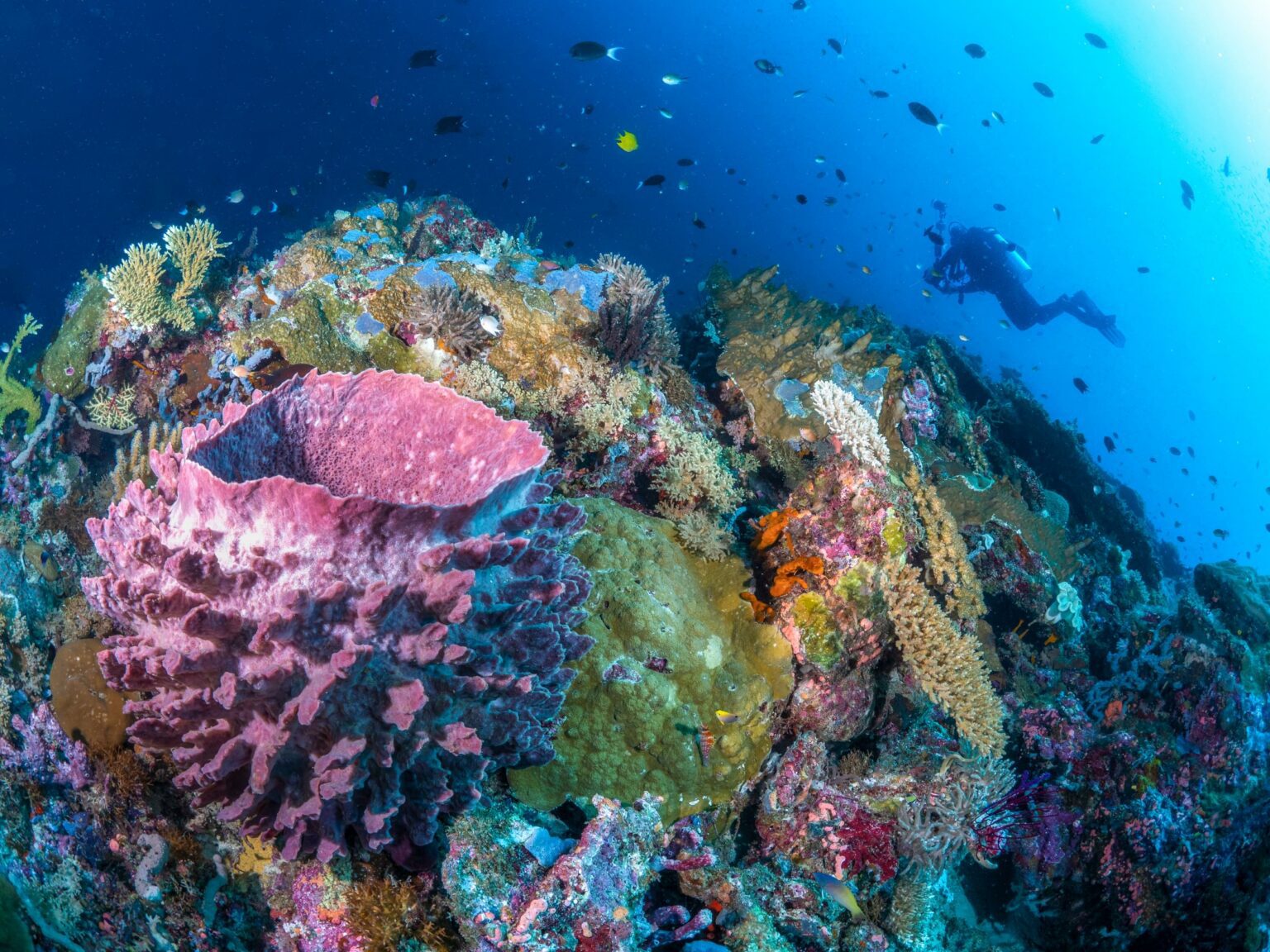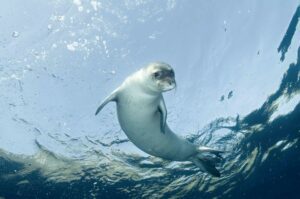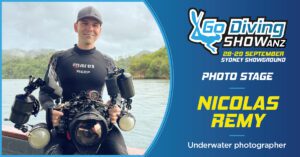7 Interesting Facts About the Solomon Islands
Solomon Islands is an independent country in the South Pacific that is part of the larger Solomons Islands Archipelago. First let’s deal with a slightly confusing issue. The country is officially ‘Solomon Islands’ (note no ‘the’) and the islands in general (that also cover part of Papua New Guinea) are referred to as the Solomon Islands. Confused? It doesn’t help that the terms are used relatively interchangeably, but the difference exists. Either way, they're located northeast of Australia and just east of Papua New Guinea.
Honiara, the largest city, is located on the island of Guadalcanal and is the capital city of Solomon Islands and home to around 90,000 citizens. Other major cities include Gizo and Munda, in the Western Province, and Auki, on Malaita Island. The total population is around half a million.
Solomon Islands definitely isn’t as popular with tourists as other countries in the South Pacific, such as Fiji and Vanuatu, and that is one of the things that makes diving there most interesting!
Here are 7 interesting facts about this great country!
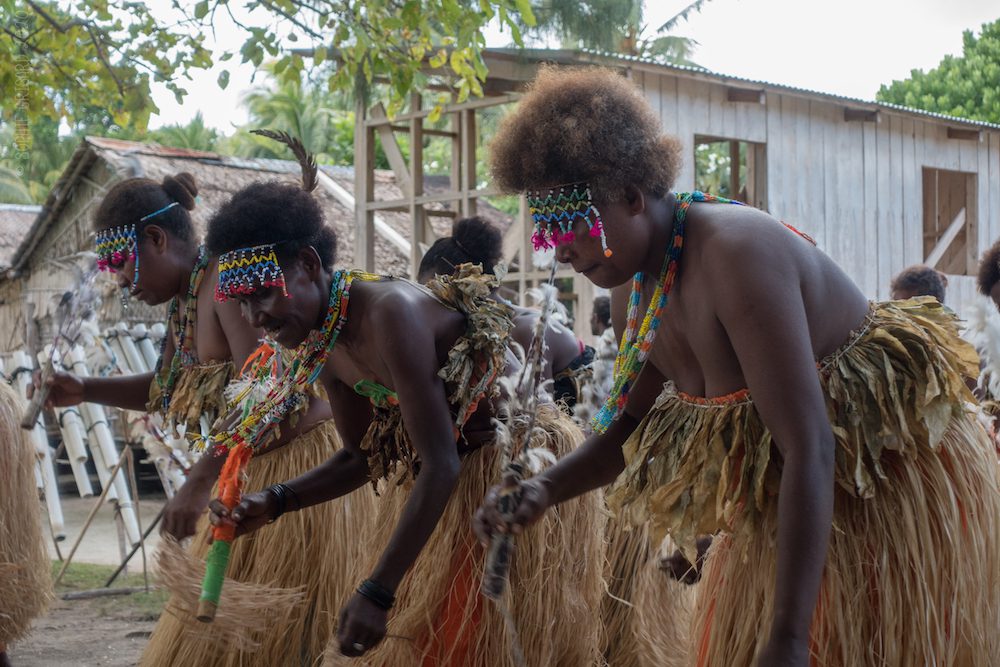
Fact 1: Solomon Islanders Are Some Of The Most Diverse People On Earth
One of the main reasons for travelling to the Solomon Islands is because it has one of the most diverse populations in the south pacific.
Which Country Owns the Solomon Islands
In 1568, Spanish explorer Alvaro de Mendana de Neira, was the first recorded European to sight these south pacific islands. By 1595, they were visited by other Europeans including Dutch and Portuguese explorers. During the late 1800s, they were under British rule and were known as the British Solomon Islands.
World War II
The islands caught the attention of the US and Japan during World War II when they became key fighting grounds during the Pacific Theater. The Allied Forces were ultimately successful in retaking the islands and you can still see the impacts of World War II today, even on the most remote outlying islands.
Current Solomon Islands Government
It was in the late 1970s that the Solomon Islands Government finally gained independence and a new prime minister was elected. Since that time, there has been much economic development and the main drivers of the economy are natural resources, palm oil, and tourism.
Before Times
Long before the settlers came – the original Solomon Islanders were there. In fact, they will tell you – they have always been there. The origin stories of many of the villages, especially on the outer islands, is that the people of Solomons came from the earth.
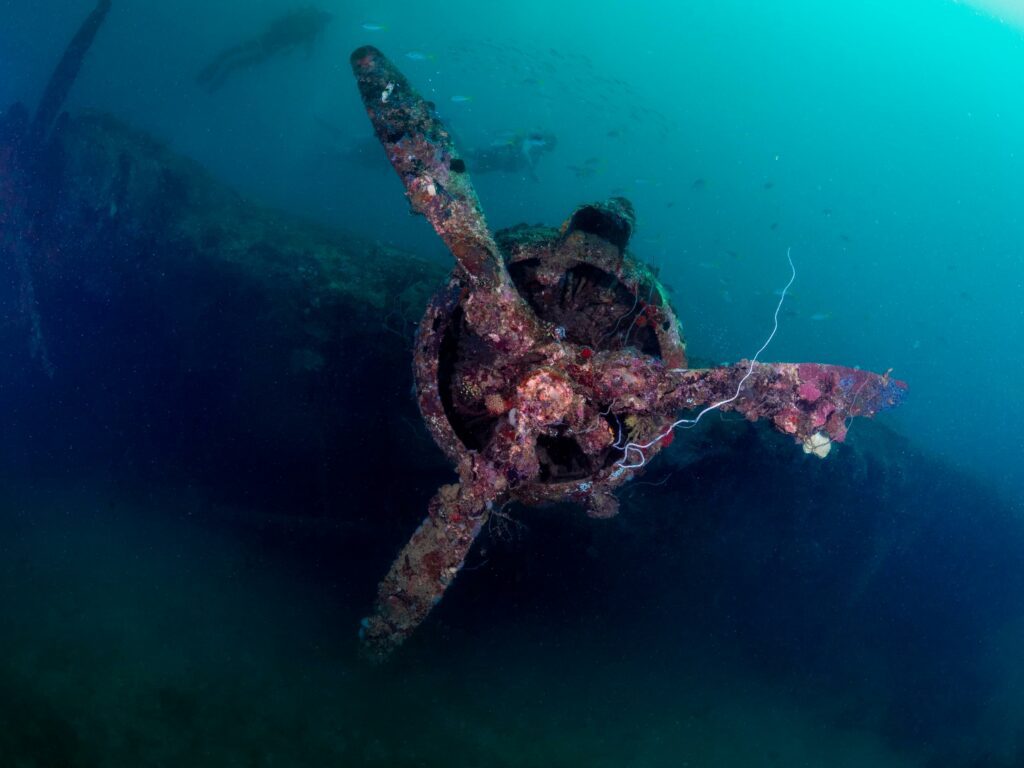
Fact Two: There were Cannibals in the Solomon Islands
At one time, yes – Solomon Islanders did participate in cannibalism. It was seen as a way of conquering their enemies, but those days are long gone. Now the practice is relegated to storytelling and the only signs of it are in some of the beautiful art that is on display at the National Museum.
A must-do side trip is Skull Island, located around 30 minutes by boat from the village of Munda in the Western Province. The island's lagoon teems with colorful fish that must be waded through to reach the island's shore, and visitors must pass through it to get there.
Skulls may be found on the island ranging in age from 300 to 1000 years old. There are stories that these are ancestral skulls kept as a way of maintaining history and knowledge and also that these are the trophies of war. You can decide for yourself when you visit.
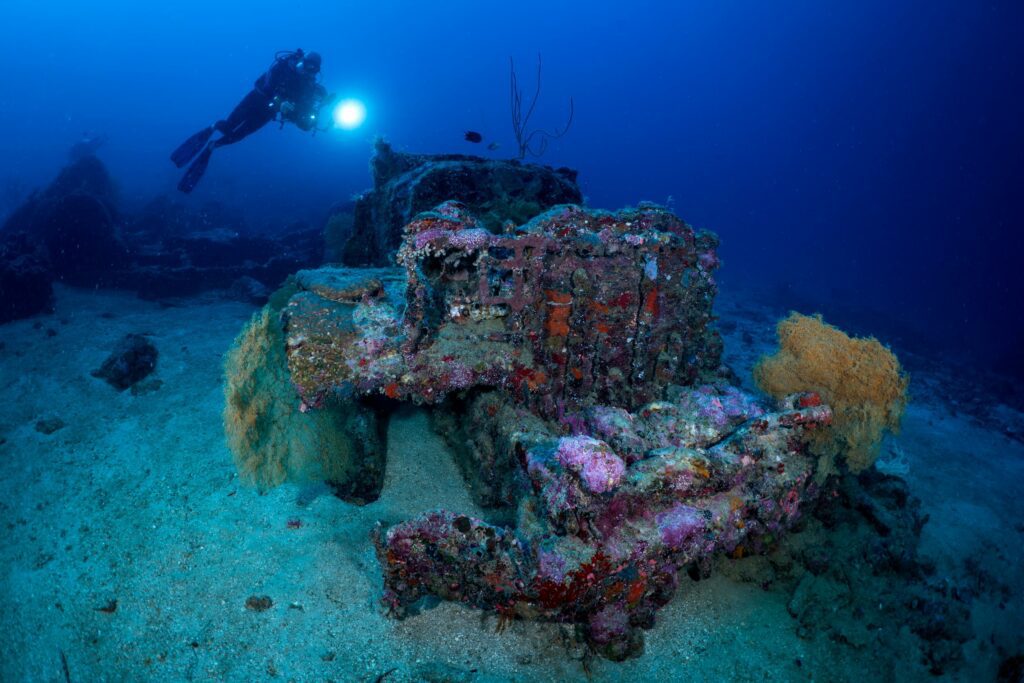
Fact Three: If you have cycled on Zwift, you may have been to the Solomon Islands
When the game makers of Zwift created their hugely popular cycling app – they modeled the fictional world after two of the Solomon Islands – Te Anu and Naunonga.
These are only two of the 992 islands that form nine provinces including Guadalcanal, Western Province, and the Santa Cruz Islands, all popular with tourists.
Fact Four: Raised Eyebrows don't mean what you think
In most cultures, raised eyebrows mean that someone is surprised or may be considered disapproving. In other cultures, it is a sign of flirtation.
But not to Solomon Islanders. To them, raised eyebrows mean “yes”, especially in response to a question. It is rare for a Solomon Islander to use a head nod to mean yes, which can be confusing for western tourists.
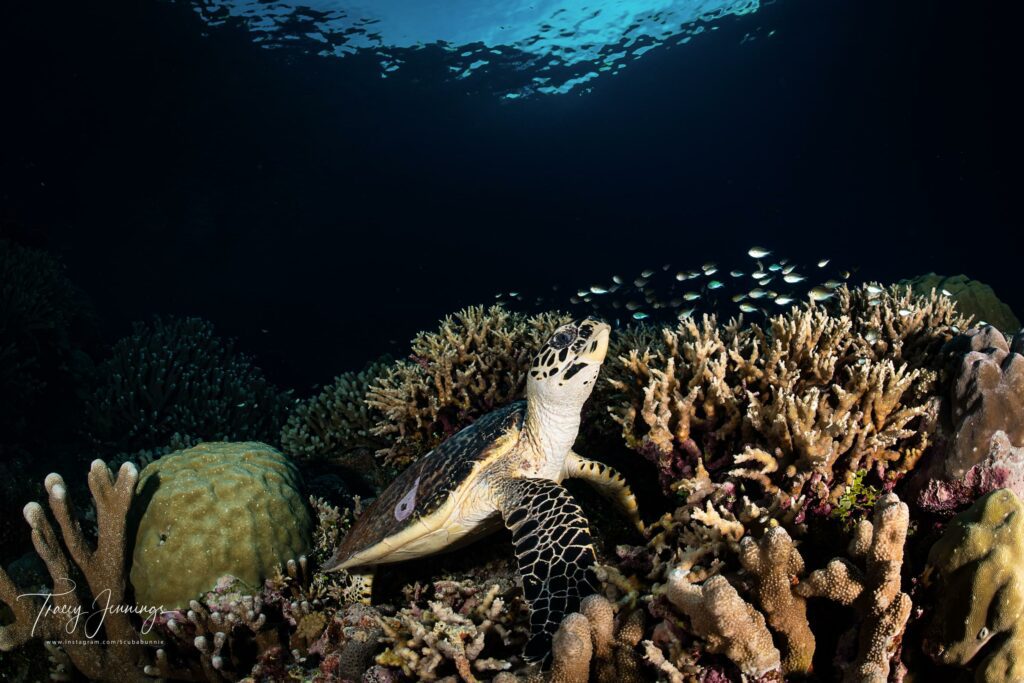
Fact Five: Turtle Nesting
The Arnavon Islands in the Isabel Province serve as a crucial nesting area for endangered Hawksbill turtles.
The Arnavon Islands are a group of four small islands in the Manning Strait between Isabel and Choiseul Provinces, Solomon Islands. The rookery of the critically endangered hawksbill turtles is located on these islands, which is the biggest in the South Pacific region.
In 1995, in collaboration with the government and the villages of Kia, Katupika, and Waghena, Arnavon Community Marine Conservation Area was established to safeguard the remaining hawksbill turtle population as well as the area's unique flora and fauna. This was Solomon Islands' first protected area, covering 40,000 acres of land.
The Arnavons were designated the country's first nationally protected area in 2017, with The Nature Conservancy's support, through hard work and commitment by the community management team.
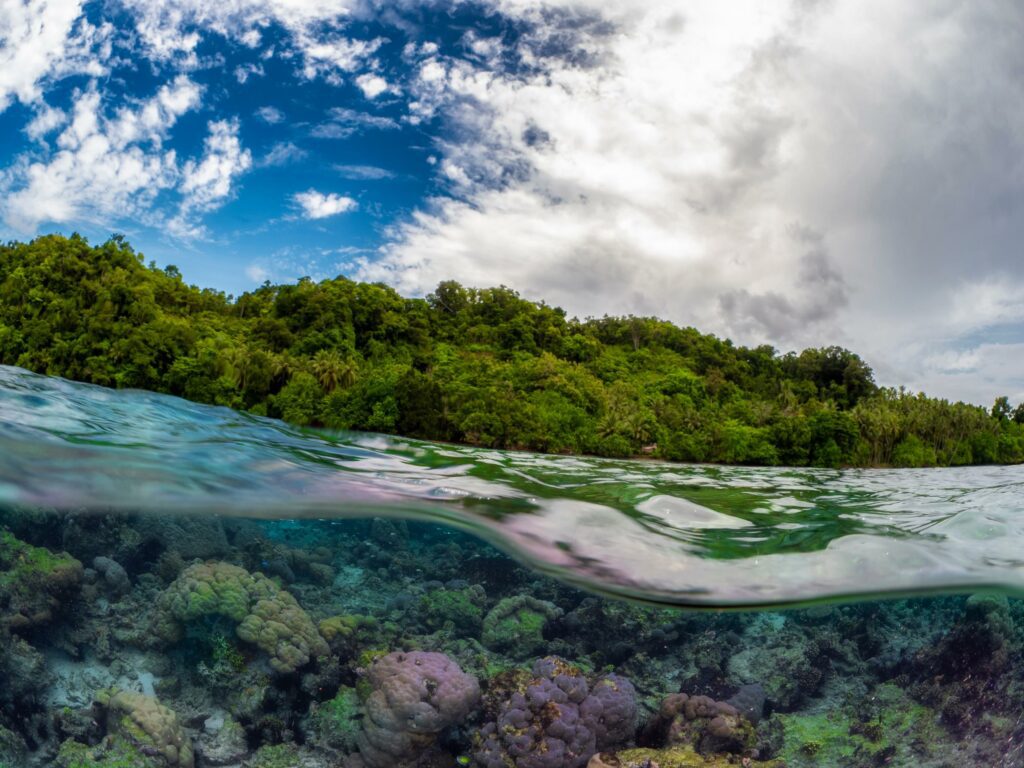
Fact Six: Blond hair accounts for 5-10% of the population.
Blond hair comes from the same gene as found in Northern Europe, but it appeared spontaneously in Oceania and is not inherited through European settlers.
It is striking to see the number of blonde children playing on the beach or in the small school classrooms. Among the locals, it is considered good luck to have blonde hair and it is a wonderful example of the beautiful diversity of human beings.
Fact Seven: Kavachi is an underwater volcano that is situated in the Solomon Islands.
In 2015, a National Geographic research team discovered sharks living inside Kavachi which is also one of the world's most active underwater volcanoes.
There is a site called Kavachi Korner, very close to the volcano, where it’s common to see large schools of bumphead parrotfish. It can only be described as like diving inside a large bass drum, as you can hear the volcano exploding nearby and feel the vibrations deep inside your chest.
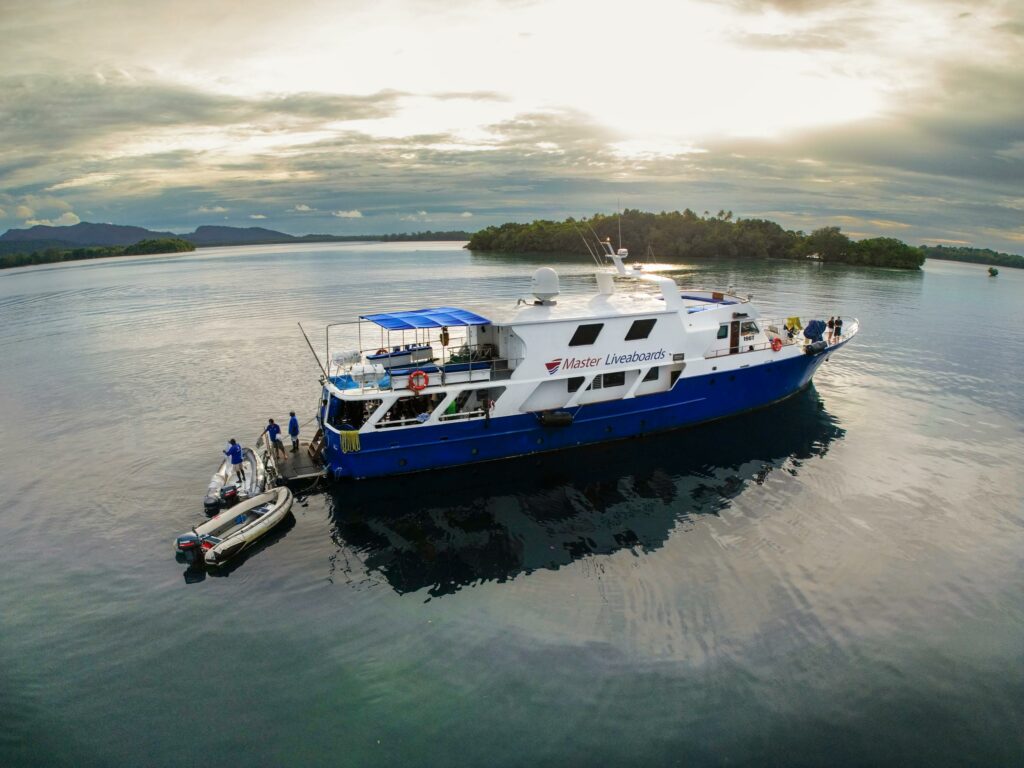
Book your Trip!
Solomon Islands is a country made up of nearly 1,000 islands located in the South Pacific. The country is home to an array of beautiful landscapes, friendly locals, and stunning beaches. One of the best ways to experience the Solomon Islands is by diving the crystal-clear waters that surround the islands with Master Liveaboards. You can also explore the many villages that dot the country or visit one of the local markets where you can purchase traditional handicrafts.
Maybe you will meet a cannibal or dive on a volcano!
Photo Credit: Master Liveaboards, Gerald Lambert, Tracy Jennings, Sophie Grisard
